Picoxystrobin
Synonym(s):Methyl (E)-α-methoxymethylene-2-(3-trifluoromethyl-2-pyridyloxymethyl)phenylacetate
- CAS NO.:117428-22-5
- Empirical Formula: C18H16F3NO4
- Molecular Weight: 367.32
- MDL number: MFCD04112618
- EINECS: 601-478-9
- SAFETY DATA SHEET (SDS)
- Update Date: 2026-01-13 11:24:49
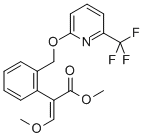
What is Picoxystrobin?
Description
Picoxystrobin (methyl (E)-3-methoxy-2-[22(6-trifluoromethyl- 2-pyridyloxymethyl)phenyl]acrylate from Zeneca Agrochemicals (now Syngenta Crop Protection) was first described by Godwin et al. (33), and is being developed for broad-spectrum control of cereal diseases. The redistribution properties of the molecule, which combine xylem systemicity and vapor phase activity, are considered important in achieving high levels of control of a range of diseases. Picoxystrobin has favorable safety and environmental profiles, and enhances grain yield and quality.
The Uses of Picoxystrobin
Agricultural fungicide.
The Uses of Picoxystrobin
Picoxystrobin is an methoxyacrylate strobilurin fungicide designed for the control of wide range of cereal diseases.
Definition
ChEBI: An enoate ester that is the methyl ester of (2E)-3-methoxy-2-[2-({[6-(trifluoromethyl)pyridin-2-yl]oxy}methyl)phenyl]prop-2-enoic acid. A cereal fungicide used to control a wide range of diseases including brown rust, tan spot, powdery mi dew and net blotch.
Flammability and Explosibility
Not classified
Properties of Picoxystrobin
| Melting point: | 75° |
| Boiling point: | 453.1±45.0 °C(Predicted) |
| Density | d20 1.4 |
| vapor pressure | 34hPa at 20℃ |
| storage temp. | Store at -20°C |
| solubility | DMSO : 100 mg/mL (272.24 mM; Need ultrasonic) |
| pka | -1.09±0.24(Predicted) |
| form | neat |
| form | Solid |
| color | Light yellow to brown |
| Water Solubility | 3.25mg/L at 20℃ |
| Stability: | Hygroscopic |
| EPA Substance Registry System | Benzeneacetic acid, .alpha.-(methoxymethylene)-2-[[[6-(trifluoromethyl)-2-pyridinyl]oxy]methyl]-, methyl ester, (.alpha.E)- (117428-22-5) |
Safety information for Picoxystrobin
| Signal word | Warning |
| Pictogram(s) |
 Exclamation Mark Irritant GHS07  Environment GHS09 |
| GHS Hazard Statements |
H332:Acute toxicity,inhalation H410:Hazardous to the aquatic environment, long-term hazard |
| Precautionary Statement Codes |
P273:Avoid release to the environment. |
Computed Descriptors for Picoxystrobin
New Products
DL-beta-(3-Bromophenyl)alanine Tetrabutylammonium perchlorate N,O-Dimethylhydroxylamine hydrochloride (RS)-beta-Amino-beta-(4-bromophenyl)propionic acid 2-Amino-5-bromo-4-(trifluoromethyl)pyridine(RM for Indian lab) N,N CARBONYL DIIMIDAZOLE Levothyroxine Impurity-F Montelukast EP Impurity-D/Montelukast USP Related Compound C Atorvastatin FXA Impurity/Atorvastatin Cyclic 6-Hydroxy Impurity Sodium Salt Isosulfan blue Keto N-Oxide Impurity Ivermectin Impurity F N-Nitroso des Methyl Tramadol/N-Nitroso-N-Desmethyl-Tramadol (R)-BoroLeu-(+)-Pinanediol-CF3COOH 1,4-bis(methylsulfonyl)butane 4-(5-amino-1-methyl-1h-benzoimidazol-2-yl)-butyric acid isopropyl ester. 5-Methyl-1,3-benzenediacetonitrile 4-Fluorothiophenol 1-methyl amino-2,4-dinitro benzene CSA (DL-10-Camphorsulfonic Acid) 2-Hydroxy-4-methylnicotinic acid 3-iodo-1H-pyrazolo[3,4-d]pyrimidin-4-amine (2S)-1-((2S,3S)-3-(2-methylbutyl)-4-oxooxetan-2-yl)pentadecan-2-yl formylleucinate 1-(3,5-dichlorophenyl)-2,2,2-trifluoroethane-1-sulfonyl chloride S-(1-(3,5-dichlorophenyl)-2,2,2-trifluoroethyl) ethanethioateRelated products of tetrahydrofuran
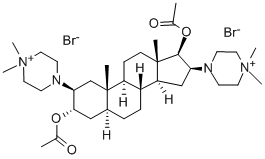
![Benzeneacetic acid, α-(methoxymethylene)-2-[[[6-(trifluoromethyl)-2-pyridinyl]oxy]methyl]-, methyl ester, (αZ)-](https://img.chemicalbook.in/)
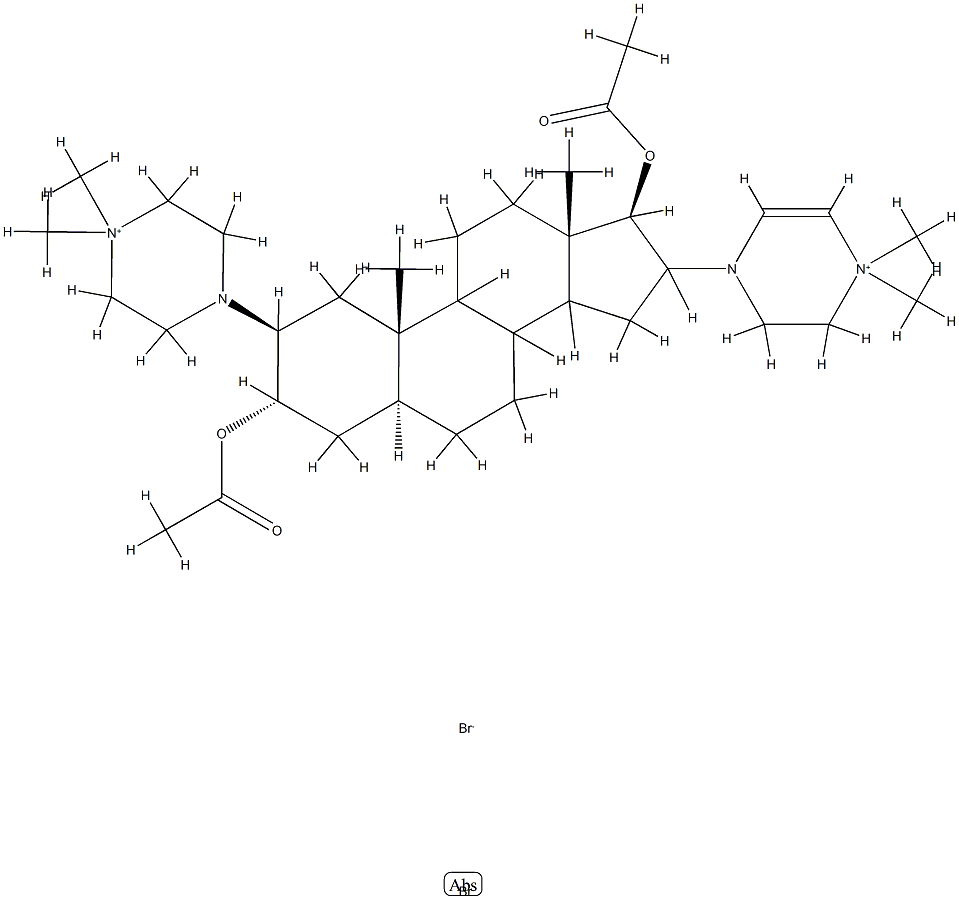
![α-(dimethoxymethyl)-2-[[[6-(trifluoromethyl)-2-pyridinyl]oxy]methyl]-Benzeneacetic acid methyl ester](https://img.chemicalbook.in/)
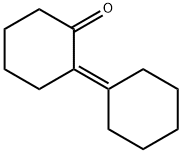


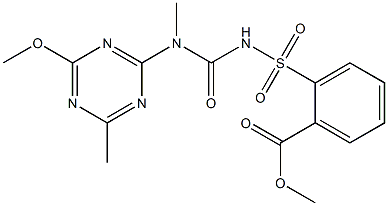
You may like
-
 Picoxystrobin CAS 117428-22-5View Details
Picoxystrobin CAS 117428-22-5View Details
117428-22-5 -
 Picoxystrobin CAS 117428-22-5View Details
Picoxystrobin CAS 117428-22-5View Details
117428-22-5 -
 674783-97-2 98+View Details
674783-97-2 98+View Details
674783-97-2 -
 H-D-TRP(FOR)-OH HCL 98+View Details
H-D-TRP(FOR)-OH HCL 98+View Details
367453-01-8 -
 49830-37-7 98+View Details
49830-37-7 98+View Details
49830-37-7 -
 3-Amino-3-(4-fluorophenyl)propanoic acid 98+View Details
3-Amino-3-(4-fluorophenyl)propanoic acid 98+View Details
325-89-3 -
 1428243-26-8 98+View Details
1428243-26-8 98+View Details
1428243-26-8 -
 1-aminocyclopentane carbonitrile, HCl 98+View Details
1-aminocyclopentane carbonitrile, HCl 98+View Details
16195-83-8
